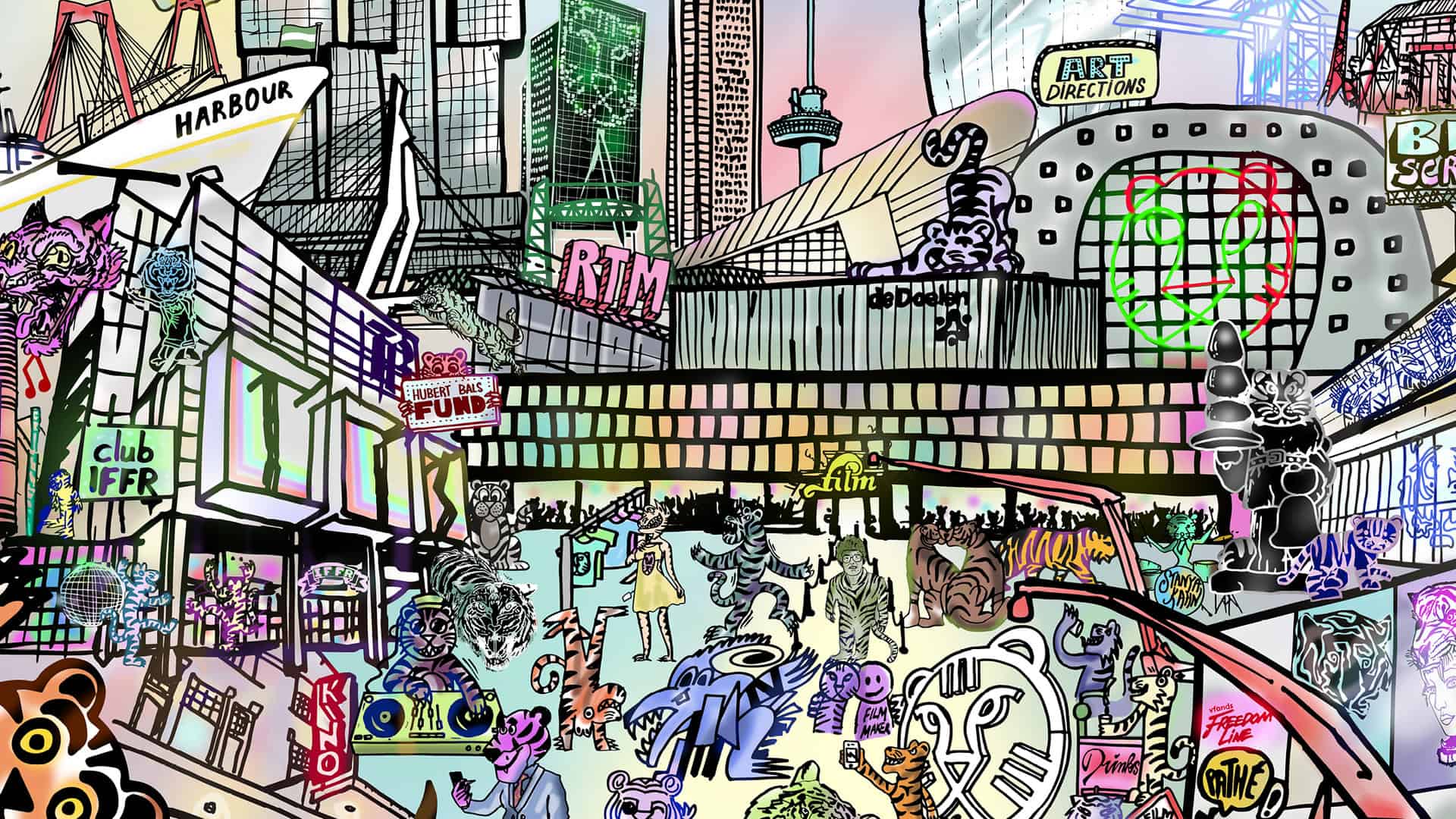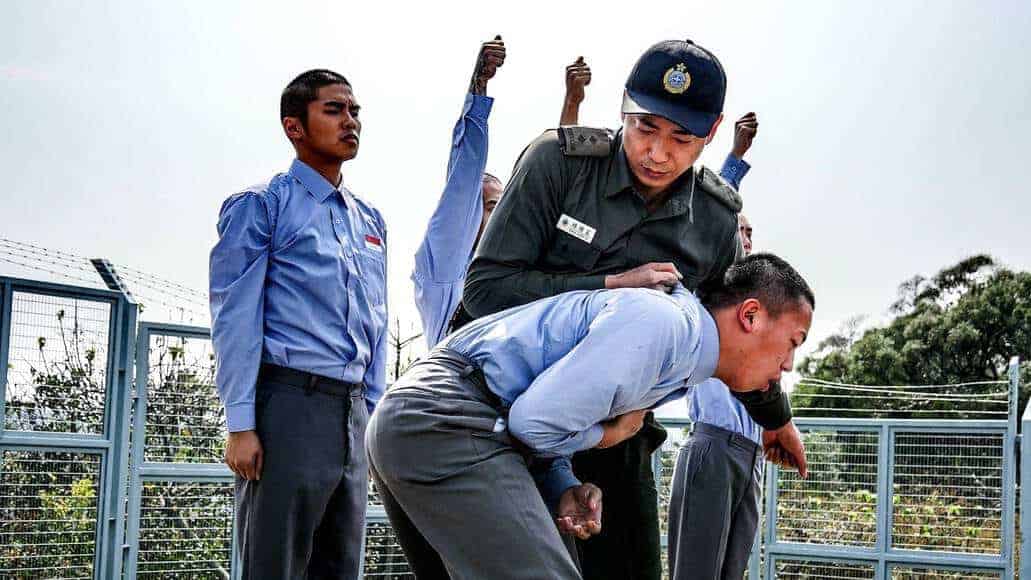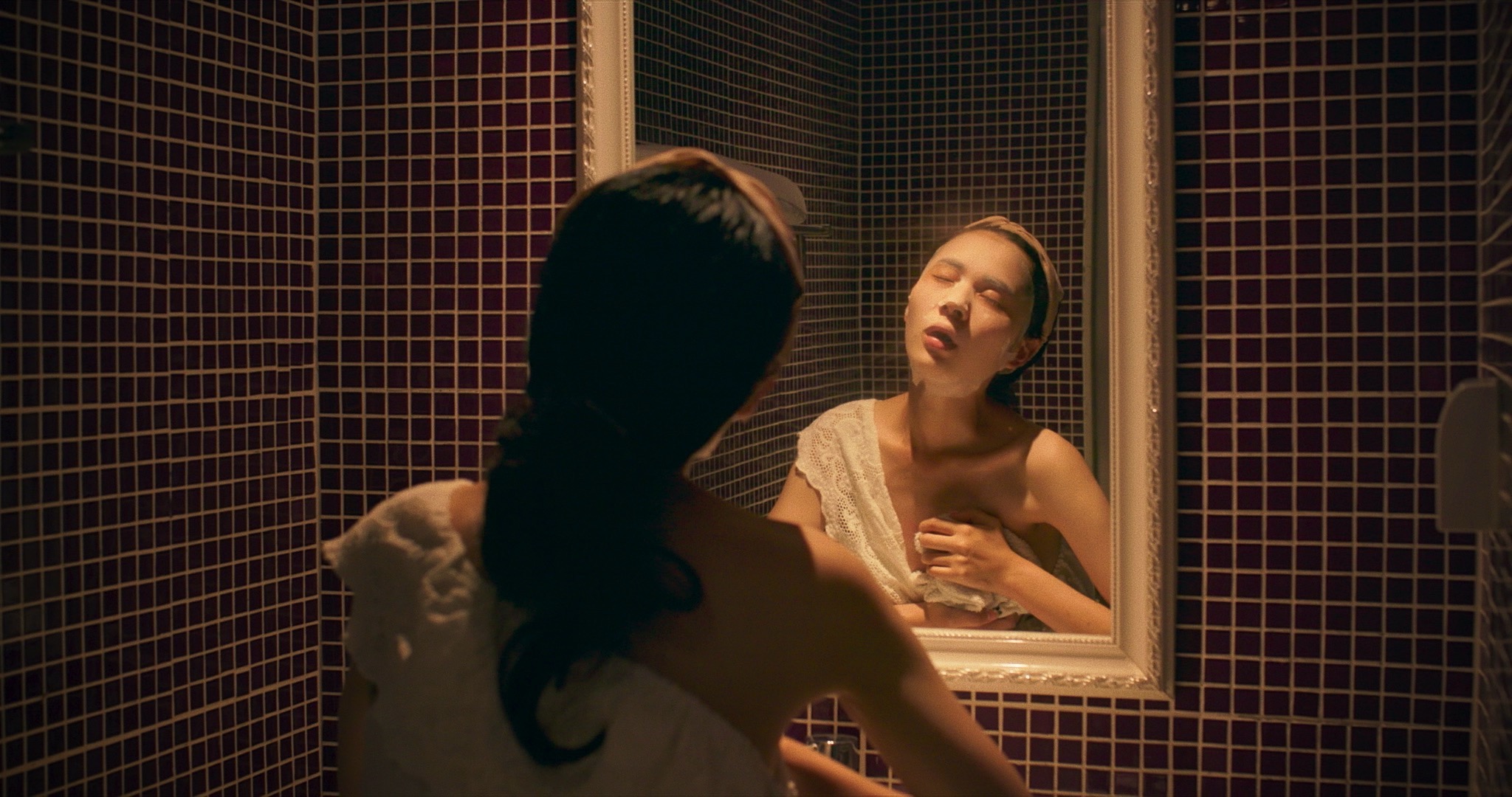In “The Myriad of Faces of the Future Challenges” Indonesian cinema is revisited by the Milisfilem Collective's Yuki Aditya and I Gde Mika in search for the political commentary on the country. The filmmakers have tightly scrutinised the contents of films made in Indonesia during general Suharto's New Order regime. The outcome of that investigation is a hectic 90-minutes long film essay which interrogates the contemporary history of the country. Clips from various productions are then repurposed in a fragmentary fashion and commented upon by the filmmakers in the voice-over, thus creating the eponymous myriad.
The Abandoned is screening at International Film Festival Rotterdam

Another recent Indonesian film, “Tropic Fever”, also used archive footage. In the case of “Tropic Fever”, the point was to reclaim the country's colonial history through the footage originally shot by the Dutch rulers. Although the directors set out with a subversive idea in their mind, the film was lacking bite. “The Myriad…” faces the reversal of that problem: the political motivations of the Milisfilem Collective might be clear, however the structure presented in the film is scattered and frenetic. Quotes from various thinkers, different movements and periods are all tossed together in an attempt to create a commentary that could somehow contain the images that flood the viewer. The chaos of Indonesian history is reflected in “The Myriad's…” freewheeling narration.

The directors are clearly fans of Slavoj Žižek's school of presenting popular culture artifacts as illustrations of complex ideological processes. This is perhaps where the main issue of the film starts. Excerpts from quoted films are not necessarily analyzed, or even contextualized. Rather, they serve as clips somehow related to the narration offered by the filmmakers. The films are approached not as standalone pieces that can merit interpretations – rather than that, they are treated as elements of a larger structure. There is of course nothing wrong in itself in assuming such strategy, if it is supported by a coherent voice over.
The narration itself, however, is a farrago of quotes. Sometimes they are meditations on the contemporary state of Indonesia, sometimes they are digs at capitalism or excerpts from texts every 1st year film student will easily recognize. Too often there simply seems to be a disconnect between all of the elements. Simultaneously, the erratic voice over is short of poetic qualities which could justify the disjointed nature of the film. Thoughts and themes are picked up and abandoned with ease, so many things are talked about, and yet so little is ultimately said.
Of course, the film isn't just consisting of misses. “The Myriad…” is a fascinating insight into the ways in which cultural history and memory are malleable. Modern Indonesia is in the eyes of the filmmakers a construct, a by-product of years of ideological education whose main tool were the films themselves. Also, “The Myriad…” showcases the great variety and depth of Indonesian cinema of the 20th century. As mentioned above, the works however are not presented within a thought-out context. As such, they are a jumbled-up collection of sequences which are anonymous, and therefore, enigmatic to the viewer.















